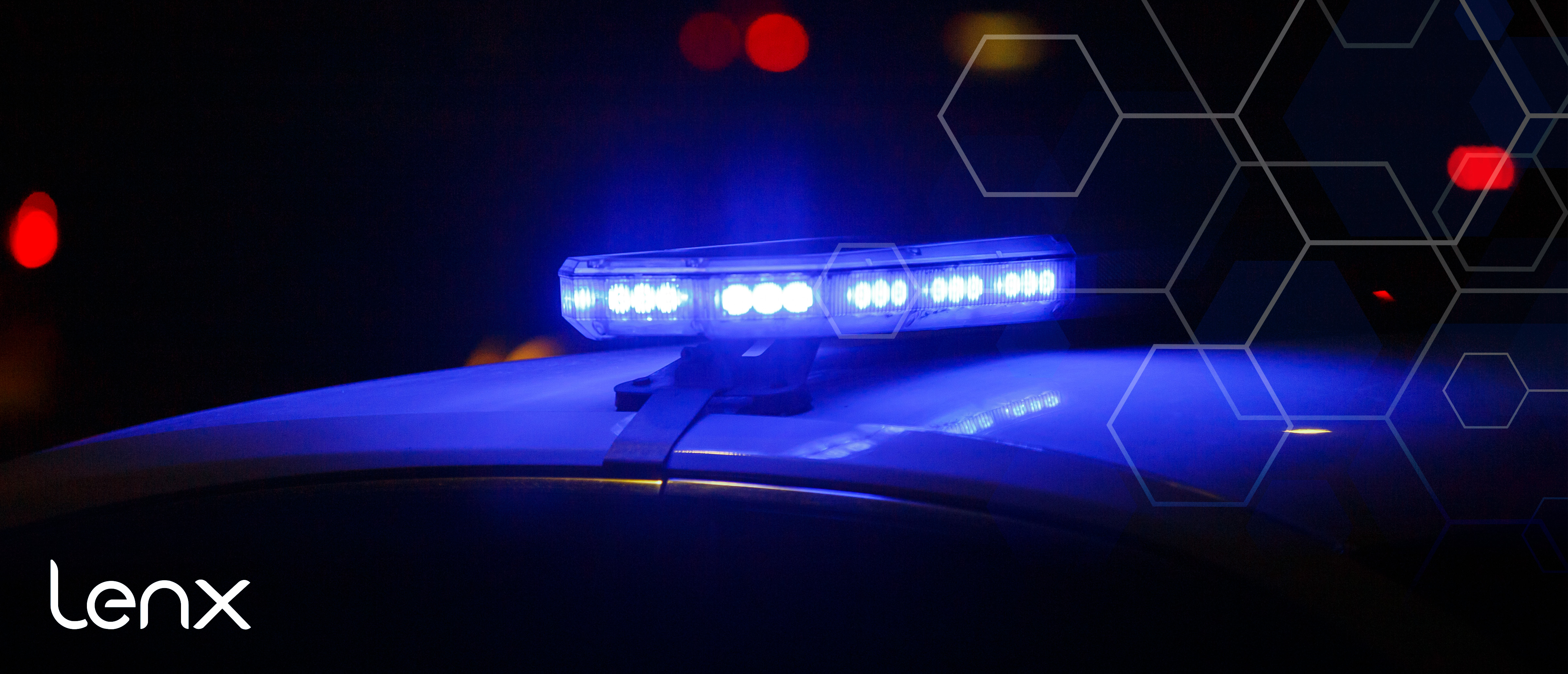
How AI Security, Active Shooter Detection Give First Responders More Tools To Respond
AI security technologies are reshaping public safety. They offer new ways to detect and respond to threats, especially active shooter incidents.
Active shooter situations demand swift, effective responses. AI can help by processing vast amounts of data faster than humans.
This article explores how AI enhances active shooter detection. It also looks at how these technologies equip first responders with more effective tools.
Whether you're a security professional, law enforcement officer, or tech enthusiast, you'll find this discussion enlightening. It's time to understand the role of AI in improving public safety and emergency response.
The Rise of AI Security Technologies
AI security technologies are revolutionizing public safety. They analyze visual inputs, identifying potential threats faster than human operators.
These technologies are becoming integral to our security infrastructure. They're used in everything from active shooter detection systems to personal safety apps.
AI's ability to learn and adapt makes it a powerful tool. It can differentiate between false alarms and real threats, improving accuracy over time.
However, the rise of AI security technologies also brings challenges. These include privacy concerns, data protection, and integration with existing protocols.
Understanding Active Shooter Detection Systems
Active shooter detection systems are critical for public safety. They use AI to detect signs of a threat in real-time.
These systems analyze visual data. They can identify firearms in public spaces, helping to prevent violent incidents.
AI-powered active shooter alarm systems automate alerts. This reduces response times, giving first responders a crucial advantage.
However, integrating these systems with existing security protocols can be challenging. Training for first responders on AI tools is essential for maximizing their potential.
AI Security Apps and Personal Safety
AI security apps are transforming smartphones into personal safety devices. These apps provide real-time alerts, keeping users informed about potential threats.
Machine learning improves the accuracy of these apps over time. They can differentiate between false alarms and real threats, ensuring users are only alerted when necessary.
However, these apps require robust data protection measures. This is to prevent misuse and maintain user trust in AI security technologies.
AI Gun Detection: Preventing Violence Proactively
AI gun detection systems are a proactive measure in violence prevention. They identify firearms in public spaces, potentially averting violent incidents.
These systems use machine learning to improve their accuracy. Over time, they become more efficient at detecting firearms, even in large crowds.
However, integrating these systems with existing security protocols can be challenging. Institutions must carefully consider the cost-benefit analysis of implementing such technologies.
The Impact of AI on Active Shooter Response Times
AI significantly reduces response times in active shooter scenarios. Active shooter alarm systems powered by AI automate alerts, ensuring rapid response.
These systems differentiate between false alarms and real threats. This accuracy prevents unnecessary panic and allows for efficient resource allocation.
Training for first responders on AI tools is essential. It maximizes the potential of these technologies, enhancing their effectiveness in crisis situations.
Ethical Considerations and Privacy in AI Security
AI security technologies raise important ethical and privacy concerns. Robust data protection measures are necessary to prevent misuse and maintain public trust.
Balancing security with privacy is a challenge. Legislation and policy development are needed to govern the use of AI in security.
Despite these concerns, public acceptance and trust in AI security technologies are growing. The clear benefits of these systems are driving this change.
Conclusion: The Future of AI in Public Safety
The future of AI security technologies is promising. Integration with smart city infrastructures and continuous learning will help adapt to new threats.
However, maintaining human oversight in AI-driven security systems is crucial. It ensures the balance between automation and human judgment.
In conclusion, AI is transforming public safety, providing first responders with more effective tools to respond to active shooter incidents.

